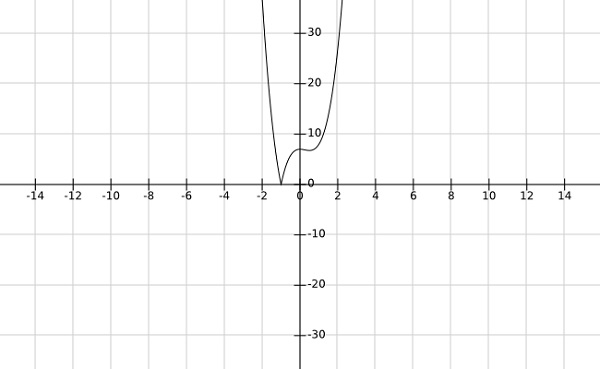
- Home
- Introduction
- Linear Programming
- Norm
- Inner Product
- Minima and Maxima
- Convex Set
- Affine Set
- Convex Hull
- Caratheodory Theorem
- Weierstrass Theorem
- Closest Point Theorem
- Fundamental Separation Theorem
- Convex Cones
- Polar Cone
- Conic Combination
- Polyhedral Set
- Extreme point of a convex set
- Direction
- Convex & Concave Function
- Jensen's Inequality
- Differentiable Convex Function
- Sufficient & Necessary Conditions for Global Optima
- Quasiconvex & Quasiconcave functions
- Differentiable Quasiconvex Function
- Strictly Quasiconvex Function
- Strongly Quasiconvex Function
- Pseudoconvex Function
- Convex Programming Problem
- Fritz-John Conditions
- Karush-Kuhn-Tucker Optimality Necessary Conditions
- Algorithms for Convex Problems
Convex Optimization - Minima and Maxima
Local Minima or Minimize
ˉx∈S is said to be local minima of a function f if f(ˉx)≤f(x),∀x∈Nε(ˉx) where Nε(ˉx) means neighbourhood of ˉx, i.e., Nε(ˉx) means $\left \| x-\bar{x} \right \|
Local Maxima or Maximizer
ˉx∈S is said to be local maxima of a function f if f(ˉx)≥f(x),∀x∈Nε(ˉx) where Nε(ˉx) means neighbourhood of ˉx, i.e., Nε(ˉx) means $\left \| x-\bar{x} \right \|
Global minima
ˉx∈S is said to be global minima of a function f if f(ˉx)≤f(x),∀x∈S
Global maxima
ˉx∈S is said to be global maxima of a function f if f(ˉx)≥f(x),∀x∈S
Examples
Step 1 − find the local minima and maxima of f(ˉx)=|x2−4|
Solution −

From the graph of the above function, it is clear that the local minima occurs at x=±2 and local maxima at x=0
Step 2 − find the global minima af the function f(x)=|4x3−3x2+7|
Solution −

From the graph of the above function, it is clear that the global minima occurs at x=−1.